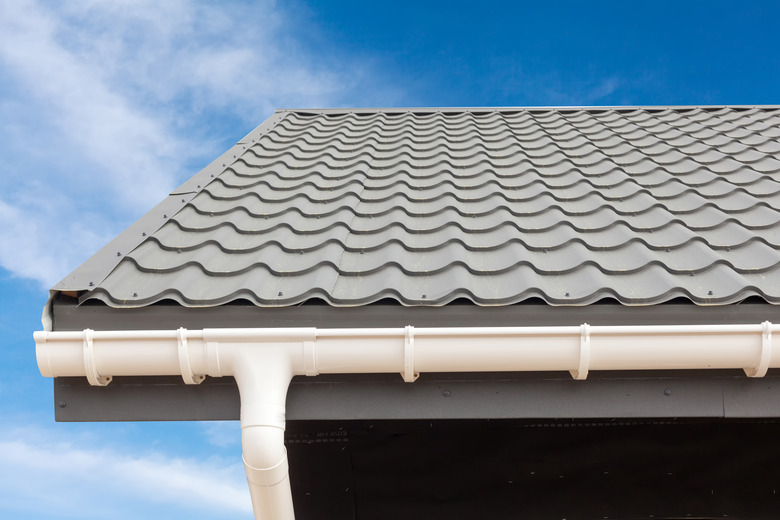What Materials Are Fireproof?
Fire safety should be an important consideration for every homeowner, but if you live in an area prone to wildfire dangers, this risk should be of paramount importance while building or renovating your home. While internal materials can slow down an electrical or kitchen fire, selecting flame-retardant and fire-resistant external materials is especially important because these materials can slow down or prevent fires from external sources from entering your home, and they will still reduce the spread of flames that happen to start indoors as well.
What Materials Are Fireproof?
What Materials Are Fireproof?
Technically, no material is immune to heat damage, meaning nothing is actually entirely fireproof. Those rugged granite countertops formed from molten lava are sealed with a man-made resin that can easily crack under temperatures as low as 350 degrees Fahrenheit. Even asbestos, a material often touted as fireproof, has a melting point of 1,600 degrees, which may be higher than the average temperature found in a typical house fire but is still well within the higher range of house fire temperatures.
Because no building material is actually fireproof, experts instead tend to use the terms "fire-resistant" and "flame-retardant." While many people use these terms interchangeably, they are distinct. Fire-resistant materials are naturally less likely to catch fire and do not melt or drip when subjected to very high heat. Fire-retardant materials are not naturally resistant to flames but are chemically treated to self-extinguish and not melt or drip. Essentially, if a material is naturally difficult to burn, it is fire-resistant, and if it is chemically treated to be less flammable, it is flame-retardant.
Fire-Resistant Roofing Materials
Fire-Resistant Roofing Materials
Always look for Class A roofing materials, as they are the highest rated for fire resistance. The Federal Emergency Management Agency recommends avoiding flame-retardant materials for roofing, particularly wood roofing shingles, because they tend to lose their effectiveness as time goes on, leaving the roof vulnerable to flames. Metal and tile materials are some of the best fire-resistant roofing materials available.
Walls That Keep Out Fire
Walls That Keep Out Fire
Exterior walls can quickly transfer fire from the ground to the roof, leaving your home surrounded in flames. To best protect your home, choose fire-resistant materials, such as stucco, treated lumber, concrete, plaster, and masonry materials, like brick or stone, or fire-retardant materials, like drywall. Avoid using PVC or vinyl siding, which offer no protection at all from fire and melt at fairly low temperatures.
Fire-Resistant Windows and Skylights
Fire-Resistant Windows and Skylights
Single glass panes can easily shatter when exposed to high temperatures, and when the glass is gone, you're left with a large opening for hot embers or flames to enter the home's interior. That's why you're best off looking for double-paned, tempered windows and skylights. Double-paned windows give you a second layer of protection against the heat, while tempered windows resist fractures even at high heat. Either of these materials alone will help improve your home's protection against fire damage, but together, they will maximize your windows' ability to protect your home from flames.
Fabrics Inside the Home
Fabrics Inside the Home
While external building materials are the most important for the protection of your home, remember to decorate your house using fabrics that have flame-retardant treatments whenever possible. Draperies and upholstery with flame-retardant treatments as well as carpet in fire-resistant materials, such as wool, can slow the spread of flames throughout the inside of your home in the case of an electrical fire, a kitchen fire, or any other type of fire.
